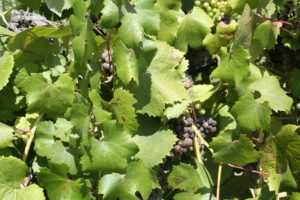 Sulfites in wine get a bad rap, but the truth about sulphur dioxide, or SO2, is complex. SO2 is a useful winemaking tool because it keeps wines fresh, free of microbes, and able to age for longer periods of time.
Sulfites in wine get a bad rap, but the truth about sulphur dioxide, or SO2, is complex. SO2 is a useful winemaking tool because it keeps wines fresh, free of microbes, and able to age for longer periods of time.
Many winemakers believe that sulfites are a necessary part of winemaking, while others contend that with organic grapes, careful attention to cleanliness and avoiding oxygen contact during winemaking can lead to good quality wine that can be made without added sulfites (SO2 is present in wine in small amounts as a naturally occurring substance that is created during fermentation).
Wines without added SO2, most often labeled as organic in the U.S., are often stereotyped as oxidized, with little fruit and short lives. Although that perception may be justified for some wines, the number of high quality, long-lasting wines made without added SO2 is growing.
A second sulfite misconception is that people get headaches from the sulfites in red wine. SO2 can cause an allergic reaction in a small percentage of people with asthma or serious allergies, but SO2 is also present in white wine (usually at higher percentages than in red wine) and in many packaged foods, including dried fruit (which has ten times more SO2 than wine). So, unless these also cause headaches, your red wine headache mostly likely can’t be blamed on sulfites

















